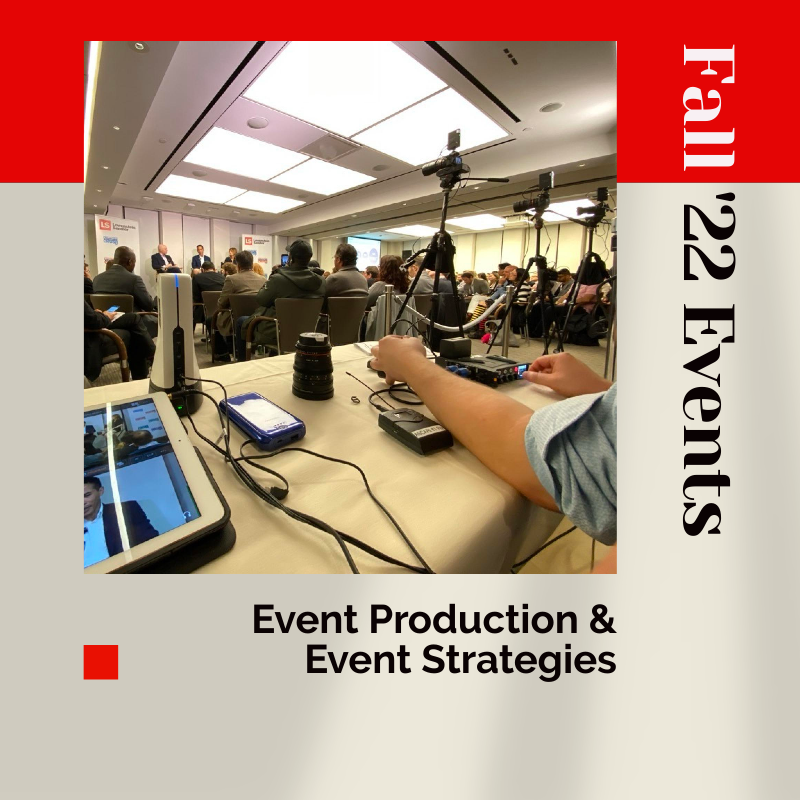As the event industry gears up for event production in Fall 2022, the landscape in what is ostensibly a “post-pandemic” world looks different than it did in Summer of ’19. While the pandemic is subsiding or perhaps we’re just learning to deal with the presence of Covid, the impact of two years of behavioral change is significant.

Eventprofs (event professionals) have become open to planning events that straddle the IRL and virtual worlds – and similarly audiences have grown accustomed to events that are available in varying modalities whether that be IRL or virtually. Further, as an industry we are seeking to define hybrid event production and how the technology stack plays a role in reimagining events, interaction, and data collection.
So, that begs the question how should you strategize for your Fall ’22 events, and as you look toward 2023? While I think ultimately that answer is going to vary event to event, here are three aspects that should play a role in your strategic thinking as you work to coordinate event productions for Fall ’22 and beyond:
What’s the right modality?
In this new world for event professionals we have a multitude of options available for how events are produced, whether they’re IRL, virtual, or a combination in a hybrid event. Further, there are additional options such as events produced in a hybrid fashion. Out of a studio environment and broadcast to global audiences.
The right modality is going to depend on the goals of the event, the kind of experience you want to create for attendees and where and how you want to reach audiences.
How are we capturing data and unifying the experience?
As we collectively seek to define and develop meaningful hybrid and virtual events, one of the key aspects is centered around interaction and data collection. To that end, thinking about how you create opportunities that unify the experience are important for all attendees. It can drive and extend data capture from not only those attending virtually but it also allow you to capture data from IRL audiences. Additionally and certainly not the least, it creates a litany of new sponsorship opportunities, which can result in new streams of revenue for events.
Beyond the event date how are you leveraging the content at hand?
One of the biggest lessons for marketers, event profs, and meeting planners over the course of the last two years is the importance of content. With the pandemic forcing tech to become core to the event production process new opportunities have come to light. Organizations can now create event-centric hubs that are year-round communities and establish new avenues to showcase content, sponsors, and engage audiences beyond the date of the event.
So, regardless of what modality you’re producing your event in Fall ’22 or beyond, it’s important to think about what content you can capture, how it’s captured, and distributed to tap into these benefits.
I’ve said it publicly on our Institute of Virtual Lunch ‘n Learn series – and I think it’s important for all involved in the modern event ecosystem. We’re getting to redefine and write the rules for event production. While that may seem daunting, or you may want to revert to “what worked” in the past, there’s also a world of opportunity to reimagine, experiment, and find new ways to leverage events and connect global communities.
Do you have something that’s worked? Leave it in the comments here. To discuss further, join our Executive Producer – Jason Cohen on an upcoming episode of our Institute of Virtual Lunch ‘n Learn series.


One response to “Event Production & Planning Strategies for Fall ’22 Events”
[…] This text was initially printed as a weblog publish here. […]